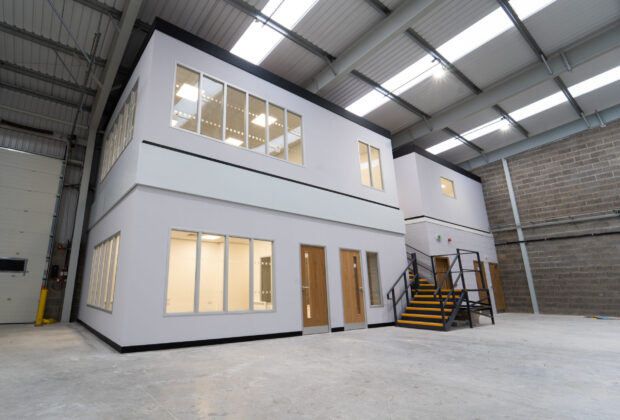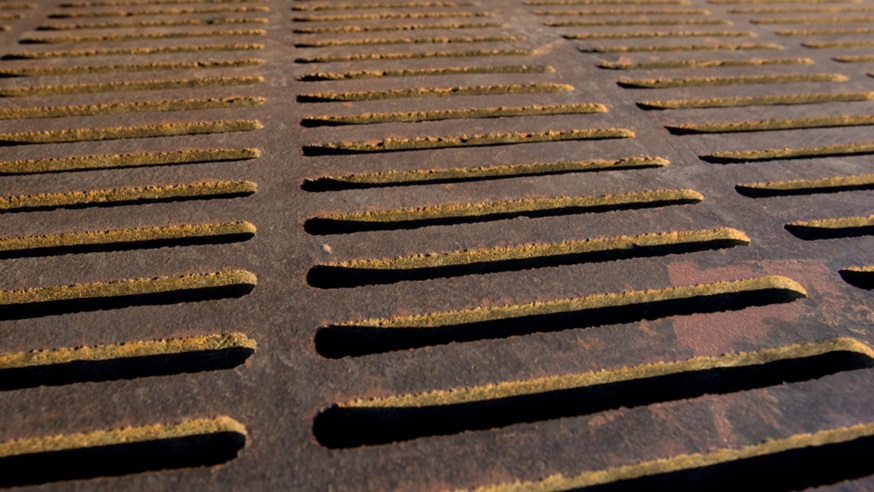Mezzanine floors are an excellent method to make the most of a building's square footage. However, mezzanines are not the same thing as equipment platforms in any way. The distinction between an equipment platform and a mezzanine can have significant repercussions for the construction process as well as the regulations that must be followed. Buildings may have more usable floor space added to them by the addition of mezzanines, which negates the need to extend the building's footprint.
Steel, wood, concrete, and other materials are only a few of the many that are used to make them. Mezzanine floors are an effective way to increase the square footage of a building without expanding the footprint of the structure. It has a broad range of conceivable functions, including storage, labour activities, access to equipment, access to inventory racks, and access to conveyors.
How Does Mezzanine Floors Installation Take Place?
Mezzanines provide additional workspace in buildings with high ceilings, such as distribution centres, warehouses, and manufacturing floors. Thus, the construction of a mezzanine might involve the use of materials such as concrete, steel, or even wood. Most industrial mezzanines contain high-strength steel for convenient construction inside a building framework.
Steel mezzanine stairs are typically used to gain access to industrial mezzanines. Safe and efficient access to mezzanine floors may be achieved by alternating tread stairs, which are ideal for tiny mezzanines located in confined areas of the building. Regardless of what the space is going to be used for, the access stairs to the mezzanine and its installation have to comply with the standards set forth for mezzanines in the International Building Code.
5 Advantages of Using Mezzanine Floors
Mezzanine floors are a wonderful solution to boost efficiency and productivity in the office. Nevertheless, addressing the merits and limits of your choices as a decision-maker in your organisation includes getting comprehensive. Hence, we’re here to help you realise why a mezzanine floor can be the right option for your company. The five greatest advantages of mezzanine flooring are as follows:
Room to Spare
Different rooms may be found on mezzanine floors. One of the most obvious advantages of installing a mezzanine is the opportunity to increase your floor plan's total square footage. The need for additional storage space is frequently the impetus behind a company's decision to construct a mezzanine, as many companies discover they have outgrown their conventional warehousing options. In situations such as these, installing a mezzanine floor is a solution that is quick, uncomplicated, and trustworthy for creating additional space for their goods, supplies, and equipment.
Provides Flexibility
Mezzanine floors provide flexibility in the workplace. A mezzanine provides additional space for more than just storage. They may also be utilised to create a variety of purposes in workplaces and manufacturing facilities that are not optimal for those purposes. Moreover, cleanrooms are an integral part of mezzanine flooring solutions. With the assistance of solutions such as these, businesses are able to simply and rapidly outfit their offices to fulfil the requirements of many industries, including the pharmaceutical, engineering, and research fields.
Provides Safety
Mezzanine floors are safe. A new floor can't be added to just any old structure. Some will not maintain the load-bearing needs or structural demands of addition, no matter how that solution is offered. The construction of a mezzanine level offers a mechanism through which managers and owners of commercial buildings may ensure the stability and security of their operations.
Cost-Effective
Inexpensive mezzanine flooring options are readily available. A mezzanine floor may give the same or more area for a fraction of the costs of making permanent renovations to an existing structure. Because of the necessary amount of time, effort, and planning that goes into it, making permanent additions or alterations to a building can put a strain on a budget. Even the most specialised solutions for mezzanine flooring are typically more cost-effective than other available options.
Simple Dismantling
The process of dismantling a mezzanine floor is a straightforward one. Mezzanine floors provide a mechanism through which an organisation may achieve meaningful and sustainable increases in their operational capacity without the need to make commitments around their investment. This is because mezzanine floors allow for the creation of additional space above existing levels. Companies that have unique requirements would prefer not to acquire or sign a long-term lease. We are, of course, referring to the ability to disassemble and relocate your mezzanine floor if and when it becomes necessary to do so.
In Summary
Because of their ability to expand the amount of usable floor space within a building, mezzanine floors have become a popular feature in many commercial and industrial workplaces. Access to equipment and maintenance areas may be improved with the help of mezzanine work platforms, leading to greater output and efficiency in the factory. Mezzanines may be a cost-effective alternative to constructing additions for many businesses in need of more working space.



















